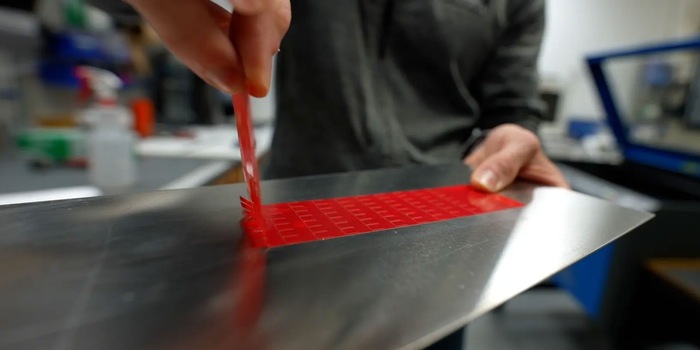

Material physics: Japanese cutting art inspires super-sticky adhesive tape
An adhesive tape of any kind that adheres strongly and is easy to remove. Researchers developed such an adhesive strip with a pattern inspired by kirigami.
Which type of tape the scientists used was irrelevant for the result - the adhesive force increased each time with the cut pattern, they report. In addition, it would work on surfaces of different materials, under both dry and moist conditions. According to the experts, it was also important that they did not have to change the material or its chemical composition. The cutting pattern alone would have increased the adhesive force by a factor of 60.
Spectrum of science
We are a partner of Spektrum der Wissenschaft and want to make sound information more accessible to you. Follow Spektrum der Wissenschaft if you like the articles.
[[small:]]
Cover photo: Alex Parrish / Virginia Tech
Experts from science and research report on the latest findings in their fields – competent, authentic and comprehensible.
From the latest iPhone to the return of 80s fashion. The editorial team will help you make sense of it all.
Show all